The Three Graces is a marble statue sculpted in Rome by Antonio Canova between 1813 and 1816. The work exemplifies the aesthetics of neoclassicism, a cultural movement that took place between 1700 and 1800, and which advocated a return to Greek and Roman art as models of formal perfection. Canova was the leading Italian exponent of neoclassicism. The sculptor rose to fame at the end of the 1700s, thanks to his works representing mythological legends and important public commissions. But it wasn’t until Napoleon came to power that Canova reached the height of fame, becoming the Emperor’s official portrait artist.
Napoleon’s first wife, Josephine Beauharnais, commissioned The Three Graces in 1813.
The three female figures represent the daughters of Zeus, goddesses of beauty – Aglaea, Euphrosyne, and Thalia – who spread joy and friendship among gods and mortals. Canova was inspired not only by classic iconography, but also by Renassiance art. The Three Graces are portrayed as three young women joined together in an intimate embrace. The central figure, which in traditional iconography has her back turned, is portrayed frontally by Canova, with her sisters turned towards her. The position of the figures’ legs suggests a graceful circular motion, grouping the girls in a sort of joyful roundabout. A single length of cloth covers part of their bodies. The only ornament is an altar upon which one of the graces is resting. The sculpture embodies the neoclassical ideal of absolute beauty, in other words a balanced composition that strives for a pure, idealized form. The grace of the figures suggests formal perfection, candor and modest sensuality. The Three Graces were such a success that French writer Stendhal traveled to Rome especially to admire them.
In 1814 the Duke of Bedford commissioned a copy of the Graces from Canova, which the artist completed in 1817. The only change the artist made was to substitute the altar with a Doric column. When Josephine Beauharnais died, her son Eugène inherited the sculpture. The Three Graces remained in his possession until his son Maximilian of Leuchtenberg married Maria of Russia, when the Three Graces were transferred to the Mariinsky Palace in Petersburg. In 1901 they were purchased by the Hermitage museum. Today, the Three Graces are on display at the Hermitage in St. Petersburg.
Napoleon’s first wife, Josephine Beauharnais, commissioned The Three Graces in 1813.
The three female figures represent the daughters of Zeus, goddesses of beauty – Aglaea, Euphrosyne, and Thalia – who spread joy and friendship among gods and mortals. Canova was inspired not only by classic iconography, but also by Renassiance art. The Three Graces are portrayed as three young women joined together in an intimate embrace. The central figure, which in traditional iconography has her back turned, is portrayed frontally by Canova, with her sisters turned towards her. The position of the figures’ legs suggests a graceful circular motion, grouping the girls in a sort of joyful roundabout. A single length of cloth covers part of their bodies. The only ornament is an altar upon which one of the graces is resting. The sculpture embodies the neoclassical ideal of absolute beauty, in other words a balanced composition that strives for a pure, idealized form. The grace of the figures suggests formal perfection, candor and modest sensuality. The Three Graces were such a success that French writer Stendhal traveled to Rome especially to admire them.
In 1814 the Duke of Bedford commissioned a copy of the Graces from Canova, which the artist completed in 1817. The only change the artist made was to substitute the altar with a Doric column. When Josephine Beauharnais died, her son Eugène inherited the sculpture. The Three Graces remained in his possession until his son Maximilian of Leuchtenberg married Maria of Russia, when the Three Graces were transferred to the Mariinsky Palace in Petersburg. In 1901 they were purchased by the Hermitage museum. Today, the Three Graces are on display at the Hermitage in St. Petersburg.
RELATED


DAVID (MICHELANGELO)


DISQUIETING MUSES
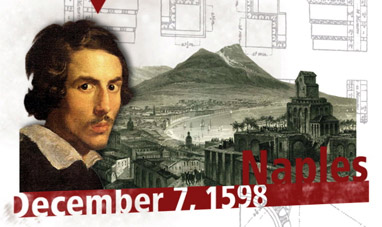

GIANLORENZO BERNINI


TAURUS
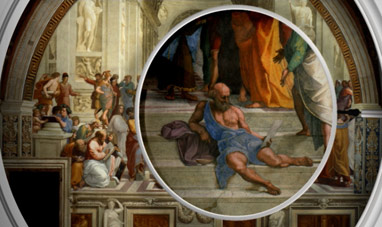

THE SCHOOL OF ATHENS


LEO
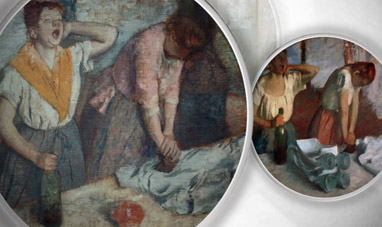

WOMEN IRONING
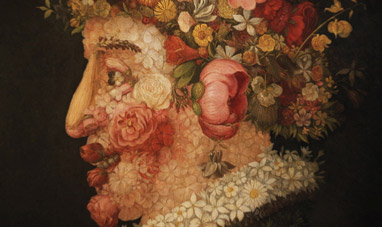

MANNERISM
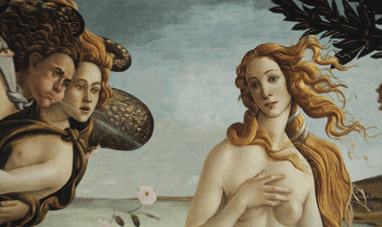

THE RENAISSANCE
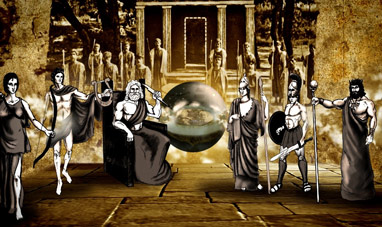

GREEK MYTHOLOGY
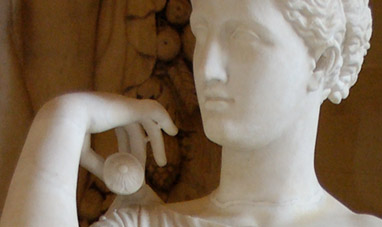

PRAXITELES
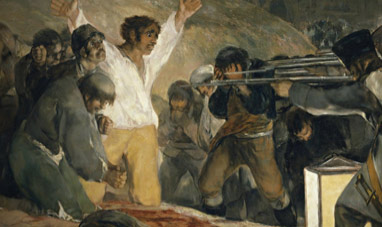

THE THIRD OF MAY 1808: THE EXECUTION OF THE DEFENDERS...


THE CRUCIFIX OF SANTA MARIA NOVELLA
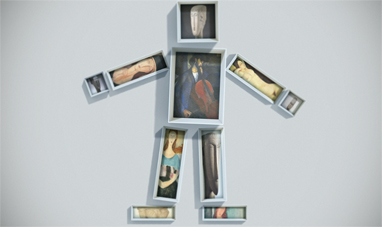

AMEDEO MODIGLIANI


LAS MENINAS


CANCER
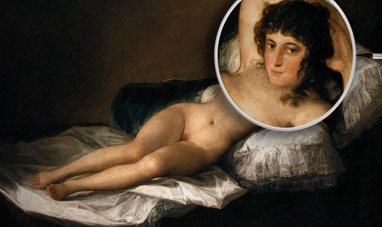

THE NUDE MAJA


LADY WITH AN ERMINE


INNOCENT X


SATURN DEVOURING HIS SON


LYSIPPOS
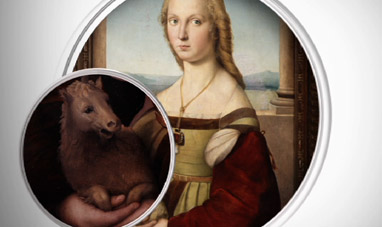

YOUNG WOMAN WITH UNICORN
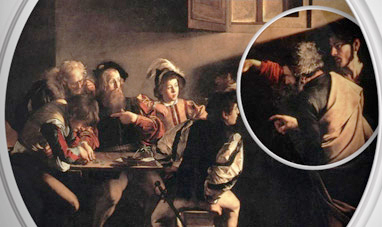

THE CALLING OF ST. MATTHEW
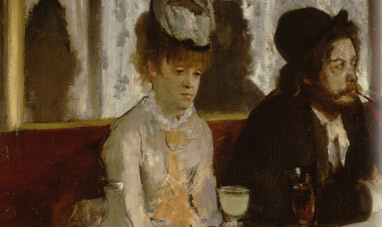

L'ABSINTHE


YOUNG BOY WITH A BASKET FRUIT
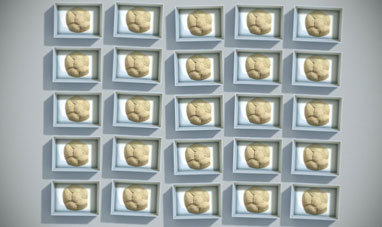

PIERO MANZONI
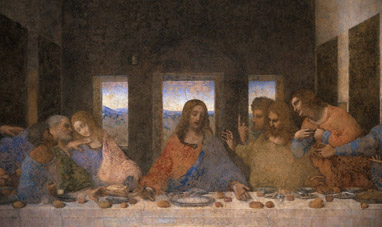

THE LAST SUPPER
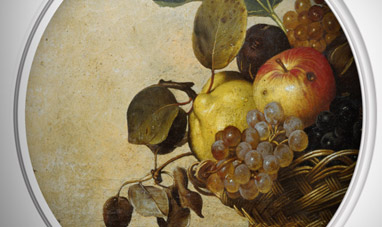

BASKET OF FRUIT
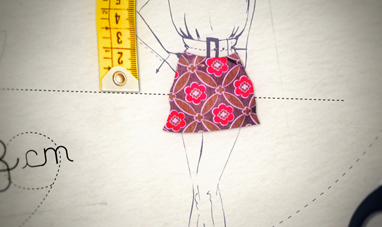

MINISKIRT
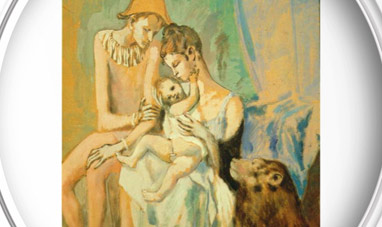

FAMILY OF ACROBATS, WITH MONKEY
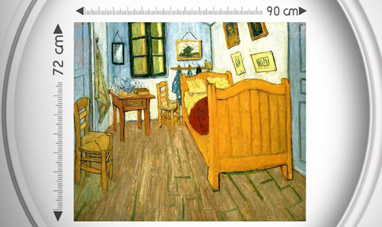

THE BEDROOM


STARRY NIGHT


ROBERT ADAM
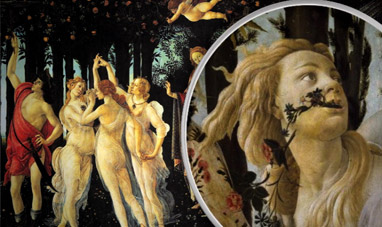

PRIMAVERA
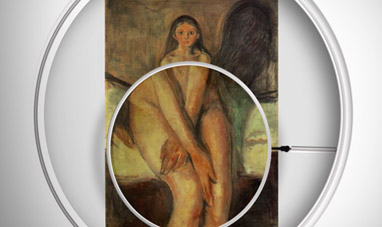

PUBERTY
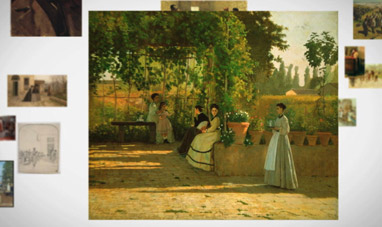

THE MACCHIAIOLI
